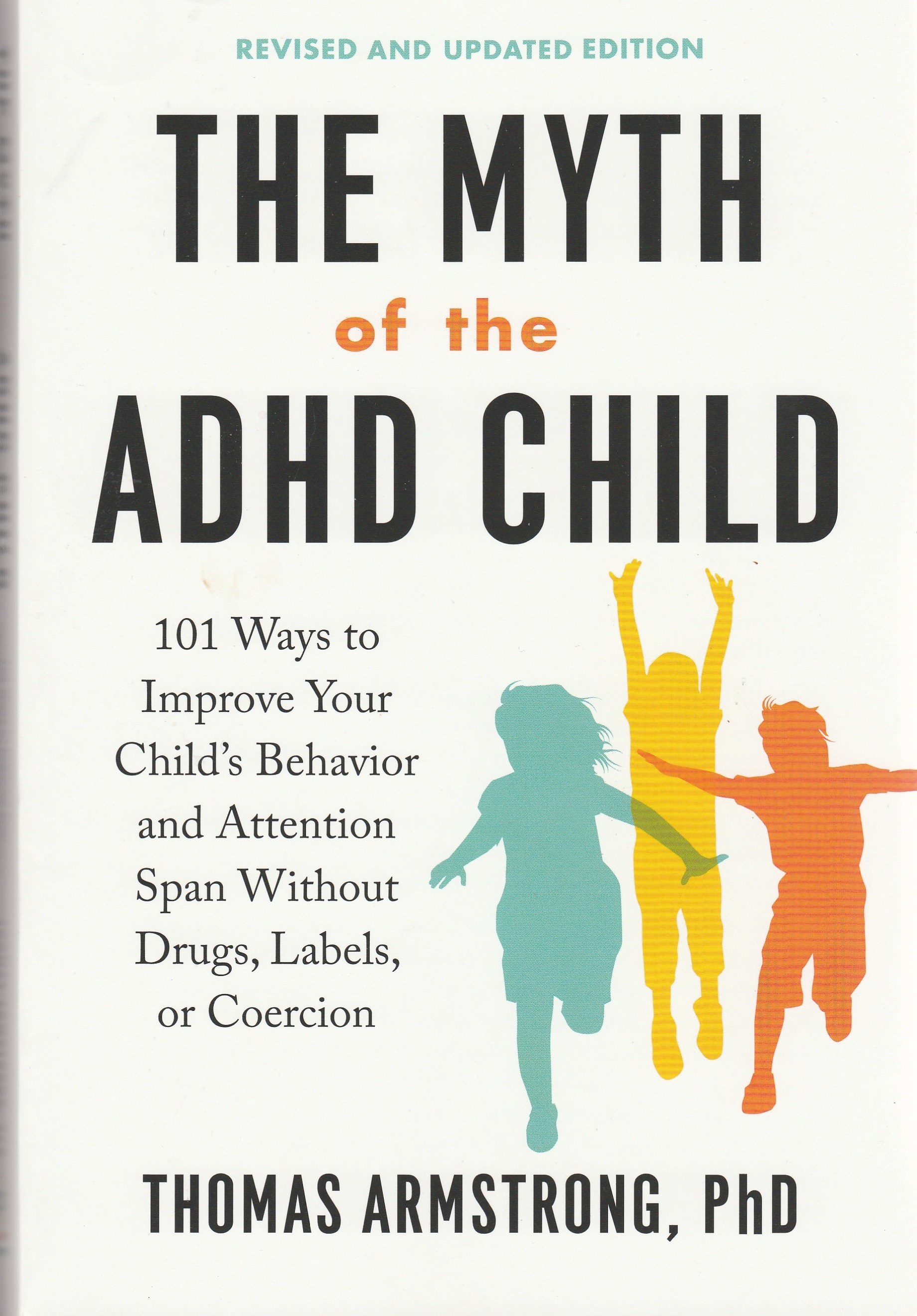 The following is excerpted from my new book The Myth of the ADHD Child, Revised Edition: 101 Ways to Improve Your Child’s Behavior and Attention Span Without Drugs, Labels, or Coercion
The following is excerpted from my new book The Myth of the ADHD Child, Revised Edition: 101 Ways to Improve Your Child’s Behavior and Attention Span Without Drugs, Labels, or Coercion (Tarcher-Perigee). It is Strategy #67: Discover and Manage the Four Types of Misbehavior (Ages 4-18). The excerpt originally appeared on the website of Sarah MacLaughlin, LSW.
Kahlil Gibran, in his well-known poem about children, says, “Your children are not your children / They are the sons and daughters of life’s longing for itself.” By this, Gibran means, among other things, that children are not parents’ property, but rather have their own independent lives and destinies. As separate human beings, children are deserving of our deepest respect. These watchwords are especially important when considering appropriate discipline methods for managing children’s misbehaviors.
1. Children misbehave to gain attention. When children misbehave in this way, they’re trying to feel significant and establish a sense of belonging by drawing attention to themselves. (“You haven’t been paying enough attention to me! I want you to notice me and care about me!”)2. Children misbehave to achieve power. Here children are trying to feel important and connected to others by asserting themselves in a strong way. (“I can do what I want, where I want, when I want! So there!)3. Children misbehave to seek revenge. Here, children want compensation for the hurt of feeling deprived of importance or a sense of belonging. (“So you don’t think I matter much, do you? Well, I’ll show you a thing or two!”)4. Children misbehave to assume an attitude of inadequacy. In this case, children are reacting to a perceived loss of importance and belonging by simply giving up. (“Nothing I do makes any difference to you! Well, you can just forget about it! I’m not doing anything anymore!”)
- When the issue is attention, you might ignore the behavior or do something unexpected (sing a funny song in response to a child’s attention-getting whining).
- If the underlying motive is power, then you might need a cooling-off period followed by a problem-solving session to resolve the struggle.
- If your child seeks revenge, then curbing the urge to retaliate and welcoming cooperation might be ways you could handle the problem.
- If your child misbehaves because of feelings of inadequacy, then teaching her skills in the area of perceived inadequacy, as well as setting up opportunities for her to experience success, can go a long way toward moving her in a more positive direction.
Some parents might think, “Well, my child is misbehaving because he has ADHD not because of these other things, and so he basically just needs medication and behavior modification to control his medical condition.” But just because your child has a diagnosis of ADHD doesn’t mean that he’s any less human or any less subject to the same need to feel significant and have a sense of belonging as any other child. Once you realize that medication, rewards, and punishments don’t really get to the heart of a child’s misbehavior and that all children seek and deserve respect and encouragement, then your relationship with your child will likely improve dramatically.
For Further Information Rudolf Dreikurs and Vicki Soltz, Discipline without Tears: A Reassuring and Practical Guide to Teaching Your Child Positive Behavior (New York: Plume, 1999). Jane Nelsen, Positive Discipline (New York: Ballantine, 2006)
Excerpted from: Thomas Armstrong, The Myth of the ADHD Child, Revised Edition: 101 Ways to Improve Your Child’s Behavior and Attention Span Without Drugs, Labels, or Coercion (Tarcher-Perigee).
This article was brought to you by Thomas Armstrong, Ph.D. and www.institute4learning.com.
Follow me on Twitter: @Dr_Armstrong



















